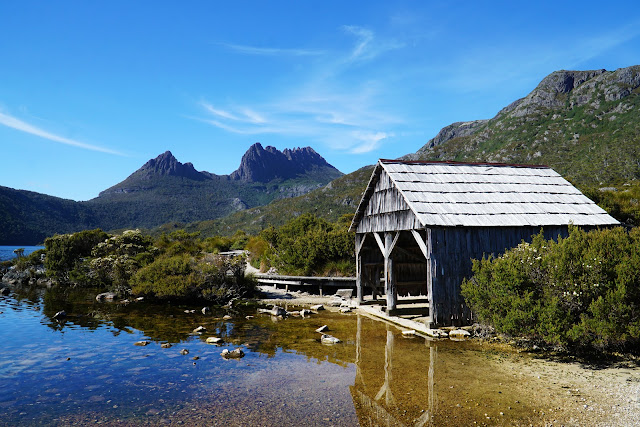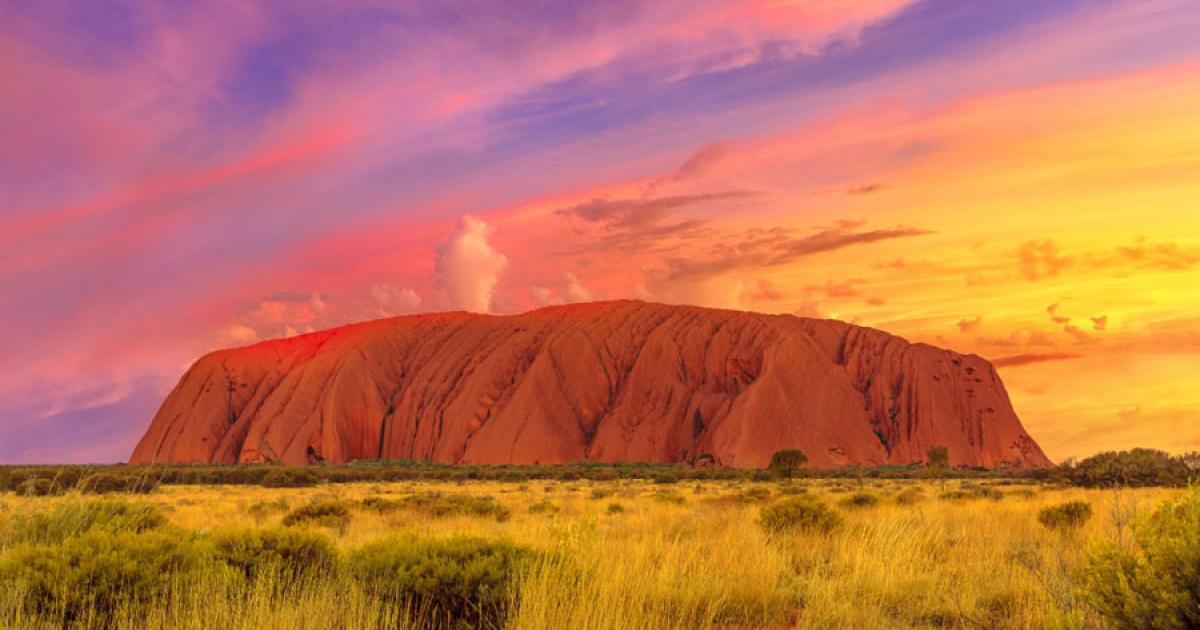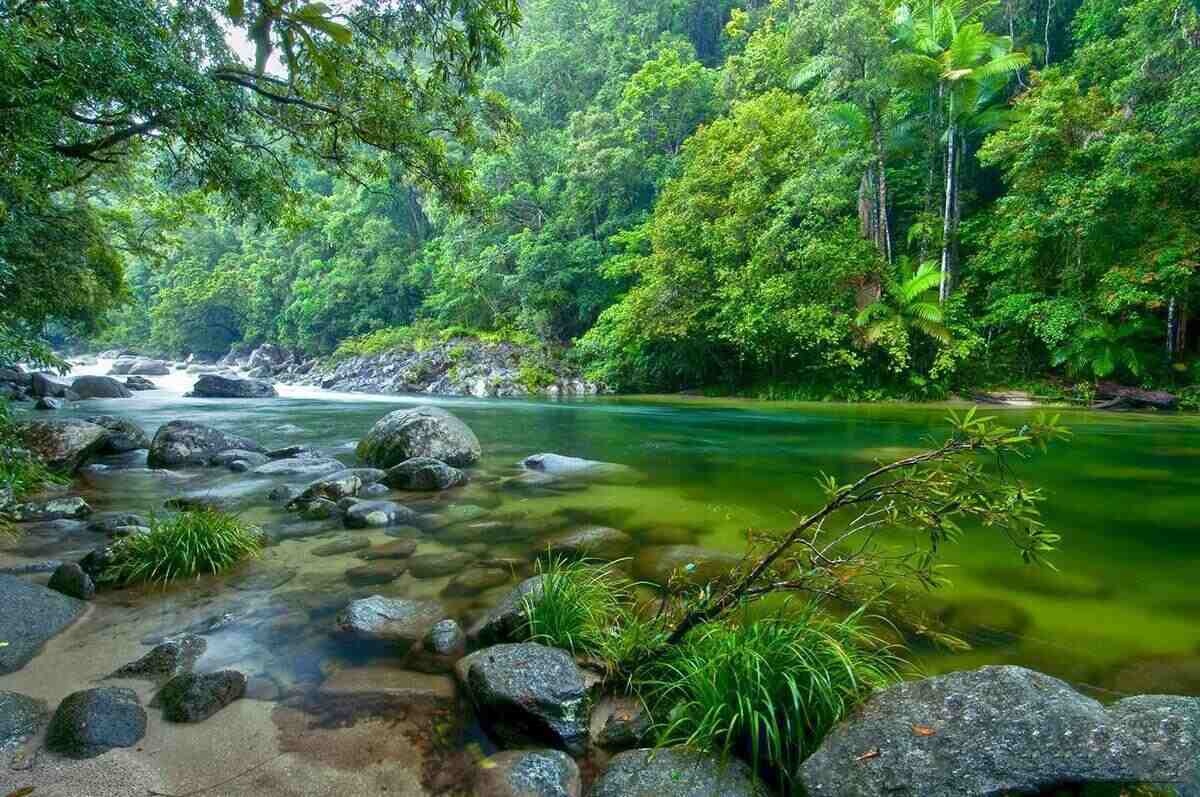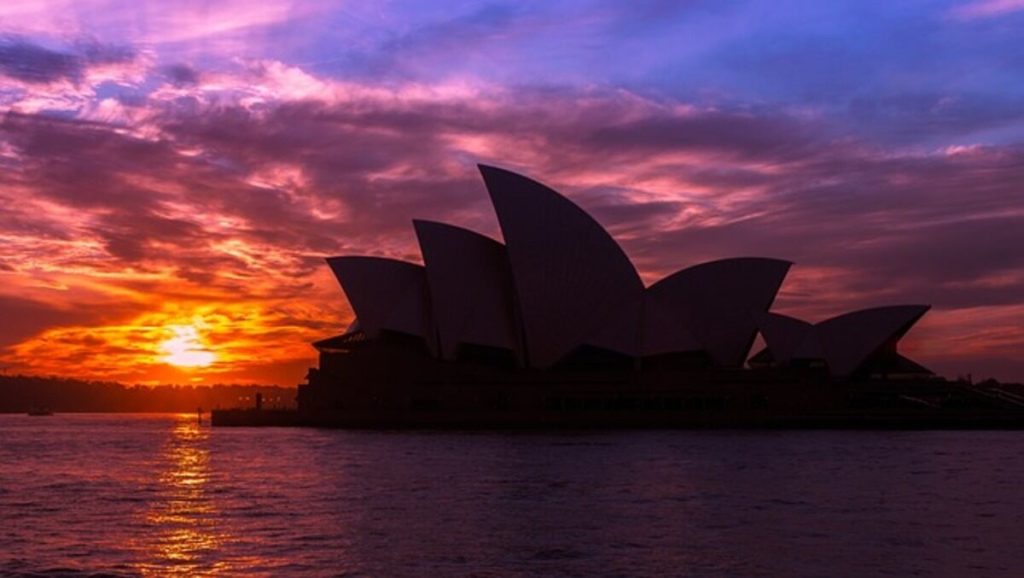When people think of Australia, they imagine the Sydney Opera House, kangaroos, and long stretches of golden beaches. While those things are iconic, there’s so much more to explore. Whether you’re a first-time visitor or someone who wants to dive deeper into the heart of the country, this guide will give you the lowdown on how to travel Australia like a seasoned local. Let’s take a look at some hidden gems, travel tips, and insider secrets that will help you create unforgettable memories in the Land Down Under!
1. Off-the-Beaten-Path Destinations
Sure, Sydney, Melbourne, and the Great Barrier Reef are must-see spots. But if you’re craving something a little different, consider venturing into the lesser-known areas.
Tasmania

While it might not always be at the top of a traveler’s list, Tasmania is Australia’s best-kept secret. This island offers a pristine environment with rolling hills, national parks, and some of the clearest air in the world. Hike through the Cradle Mountain-Lake St. Clair National Park, spot wombats in the wild, and enjoy the food and wine scene in Hobart.
The Kimberley Region, Western Australia
For an adventurous outback experience, head to the Kimberley Region. This remote part of Australia boasts dramatic landscapes with gorges, waterfalls, and rugged wilderness. It’s the perfect spot for off-road camping or cruising the turquoise waters of Horizontal Falls.
Byron Bay, New South Wales
If you’re looking for a laid-back vibe, Byron Bay is the ultimate beach town. Famous for its surf culture, alternative lifestyle, and stunning coastal walks, it’s also home to a vibrant arts community and some of the best local cafes and markets in the country.
2. How to Travel Australia on a Budget
Australia is known for being pricey, but with the right tips, you can explore without breaking the bank.
Use Public Transport
Most major cities have reliable and affordable public transport. For example, Sydney has a great Opal Card system that gives you discounted travel on buses, trains, and ferries. Melbourne’s Myki Card works similarly, and it even includes free trams within the city center.
Stay in Hostels or Airbnbs
Hostels in Australia are more than just budget stays. Many offer comfortable, clean rooms, and social activities that make them great for solo travelers. Alternatively, you can find unique Airbnbs outside of the city, often with spectacular views and local charm.
Cook Your Own Meals
Eating out in Australia can get expensive, so save some cash by cooking at your accommodation. Most hostels have communal kitchens, and fresh produce markets can be found in most cities and towns.
3. Local Culture and Hidden Gems
Part of the joy of traveling The Low Down Under is immersing yourself in local culture. Here’s how to do it like a pro:
Eat Like a Local
Australia’s food scene is rich and diverse, reflecting the multicultural makeup of the country. Don’t miss out on trying a meat pie, indulging in fresh seafood in coastal towns, or experiencing the traditional BBQ. In Melbourne, visit Queen Victoria Market for local produce and street food stalls that showcase international flavors.
Join a Festival
Australians love their festivals. From Vivid Sydney, an annual lights festival, to the quirky Henley-on-Todd Regatta (a boat race on a dry riverbed in Alice Springs!), there’s something for everyone.
Indigenous Experiences

Australia’s Indigenous culture is one of the oldest in the world. Engage in experiences like learning about bush tucker (native foods) or taking a guided cultural tour with an Aboriginal elder. In the Northern Territory, Uluru is not just a stunning landmark but a place rich in Indigenous history and significance.
4. Adventure and Nature Spots
Australia is known for its natural beauty. Whether you’re into hiking, diving, or wildlife, there’s an adventure waiting for you.
Great Ocean Road, Victoria
This iconic coastal route is famous for its breathtaking views of the Southern Ocean, towering cliffs, and the stunning Twelve Apostles rock formations. Whether you’re driving, cycling, or hiking, this area offers endless photo opportunities and nature walks.
The Whitsundays, Queensland
For an island getaway, head to the Whitsundays. These 74 islands offer dazzling white beaches, crystal-clear waters, and incredible coral reefs. The Great Barrier Reef is just a short boat ride away, where you can snorkel or dive amongst vibrant marine life.
Daintree Rainforest, Queensland

One of the oldest rainforests in the world, the Daintree is a lush, green paradise filled with unique wildlife and tropical plants. Don’t miss a guided night tour to spot nocturnal creatures, or take a river cruise to see crocodiles.
FAQs about Traveling The Low Down Under
Q: Is Australia safe for solo travelers?
A: Absolutely! Australia is one of the safest countries for solo travelers. The people are friendly, the transport is reliable, and the infrastructure is well-developed. Just make sure to follow standard safety precautions, like being mindful of your surroundings and carrying enough water if you’re heading into the outback.
Q: What’s the best time to visit Australia?
A: Australia is a year-round destination, but the best time to visit depends on where you’re going. Summer (December to February) is perfect for beachgoers, while autumn and spring offer mild weather that is ideal for exploring cities and nature. The Northern Territory and tropical Queensland are best visited in the dry season (May to October) to avoid heavy rain.
Q: Do I need a visa to travel to Australia?
A: Most visitors will need a visa to enter Australia. Tourists typically apply for an eVisitor visa or an Electronic Travel Authority (ETA), which are quick and easy to get online. Be sure to check the official Australian government website for the most up-to-date visa requirements.
Q: What should I pack for an Australian trip?
A: Pack light, breathable clothing for the warm weather, but also bring layers if you’re visiting in the cooler months or heading to places like Tasmania. Sunscreen is a must, as the sun can be harsh, and if you’re going out to the bush or the outback, don’t forget insect repellent.
Q: Is tipping common in Australia?
A: Tipping isn’t as customary in Australia as it is in places like the U.S. Service staff are paid fairly, but if you receive exceptional service, a small tip (around 10%) is appreciated.
Conclusion
Traveling The Low Down Under is about more than ticking boxes on a tourist checklist. It’s about diving deep into the local culture, exploring off-the-beaten-path destinations, and discovering the natural wonders that make Australia such an incredible place to visit. Whether you’re a budget traveler or seeking out luxury experiences, there’s something for everyone in this vast and diverse country. So pack your bags, and get ready for an unforgettable adventure!
